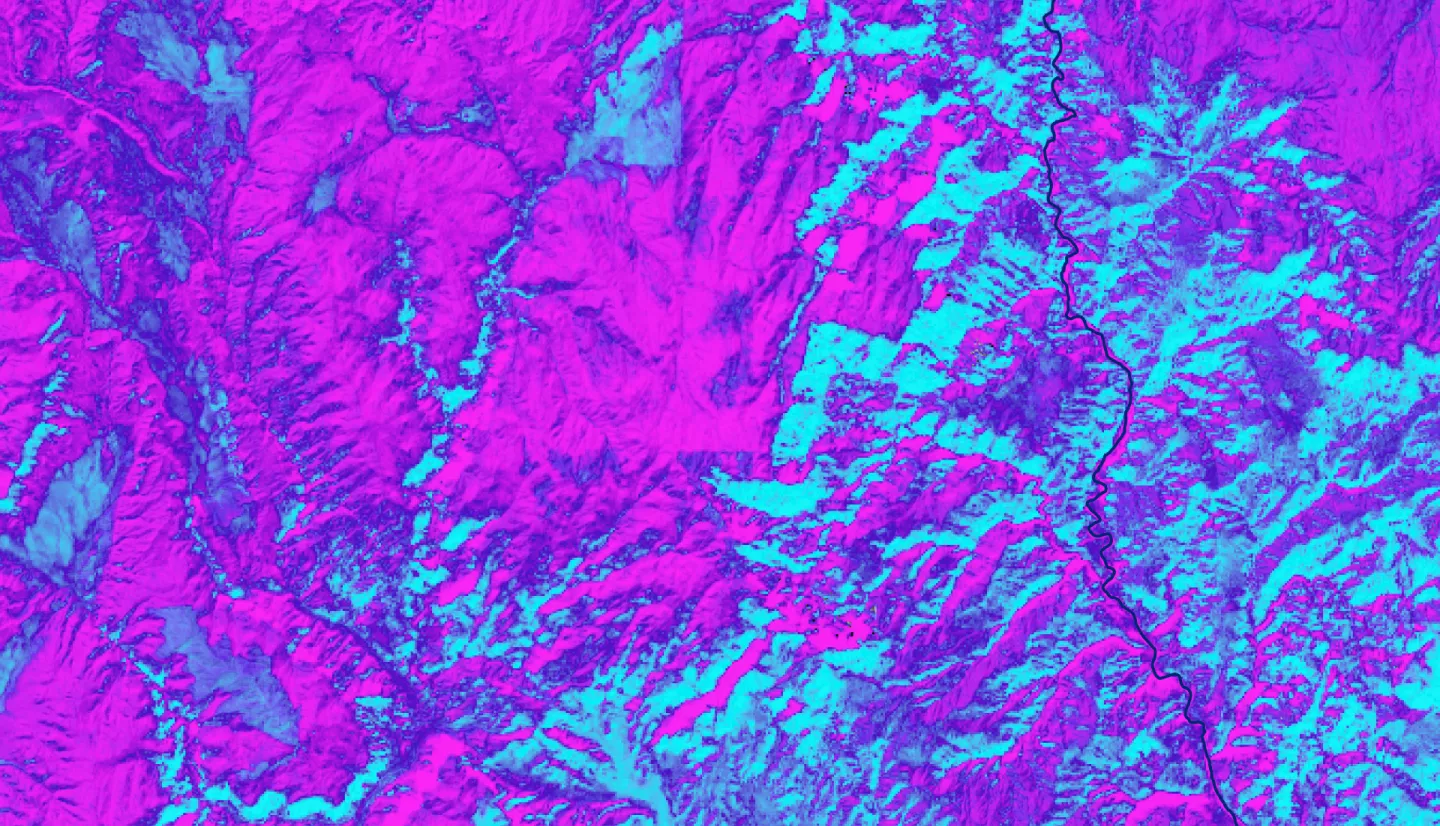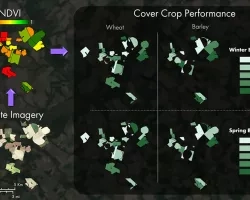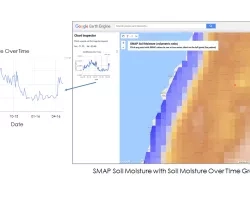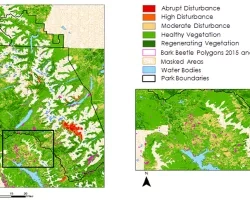Paria River Ecological Conservation (Summer 2023)
Team: Max VanArnam (Project Lead), Wesley Rancher, Truman Anarella, Annie Kowalski
Summary: Invasive species within desert riparian environments significantly affect ecosystem function by overtaking native species and altering their fluvial geomorphology. The Paria River, a sediment-heavy river and watershed, flows through the Grand Staircase-Escalante National Monument (GSENM) before its confluence with the Colorado River. Due to its heavy sediment load, it provides an important habitat for various species of native fish and amphibians. Grand Staircase Escalante Partners (GSEP) noticed an increased presence of invasive tamarisk (Tamarix ramosissima) and Russian olive (Elaeagnus augustifolia) plants along the Paria River watershed, and the extent of both species is largely unknown. Using field survey data from the Grand Staircase Escalante Partners and remote sensing data from Landsat 8 Operational Land Imager (OLI), Landsat 9 OLI-2, Shuttle Radar Topography Mission (SRTM), and Light Detection and Ranging (LiDAR), we performed a Random Forest classification model to identify the presence of these invasive species. We used Tasseled Cap indices to create a time series phenology for 2022, which helped us identify our predictor variables for the random forest classification model. We found that the limited Russian olive cover reflected in the field survey data, and the low spectral and height differentiation from other species, resulted in a classification model not strong enough to make a reliable prediction map. The tamarisk data, however, was abundant enough to produce a marginally reliable prediction map of presence in the watershed. Our results and tamarisk prediction map will help our partners at GSEP make informed decisions about future funding and management efforts.



